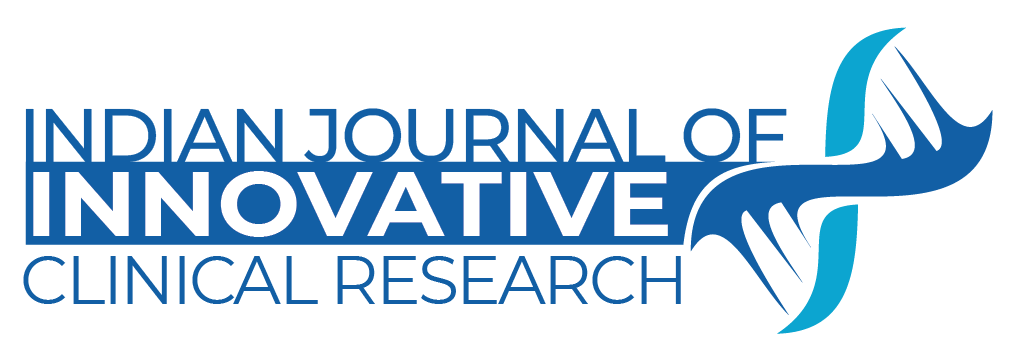Journal Menu
- Home
- Aims & Scope
- Editorial Board
- Article Preperation Guideline
- Online Submission
- Articles Early View
- Current Issue
- Archive
- Membership
- Reprints
Evaluating the Intra-operative and Post-operative Haemodynamic Modulation by Dexmedetomidine: A Retrospective Study from a Tertiary Care Center in Bihar, India
Article Information
Background: Surgical interventions often elicit sizable haemodynamic strain responses, posing risks in susceptible individuals. Dexmedetomidine, an α2-adrenergic agonist, has emerged as a promising agent for perioperative haemodynamic modulation because of its sedative, analgesic, and sympatholytic residences.
Objective: to evaluate the intra-operative and put up-operative results of dexmedetomidine on haemodynamic parameters in a actual-international scientific setting at a tertiary care middle in Bihar, India.
Methods: A retrospective observational look at changed into conducted over twelve months at Anugrah Narayan Magadh medical university and health center, Gaya. clinical records of 100 grownup patients who underwent diverse surgical processes and acquired dexmedetomidine were analyzed. information on intraoperative coronary heart fee, blood stress, sedation scores, pain scores, and unfavourable results were extracted and statistically analyzed the usage of IBM SPSS version 26.0
Results: Dexmedetomidine management was related to a tremendous reduction in heart price and mean arterial strain throughout surgical procedure, maintaining stable haemodynamic profiles for the duration of. publish-operatively, sufferers skilled clean emergence, reduced ache rankings, and minimal agitation. Bradycardia (14%) and hypotension (10%) were the maximum typically located unfavorable activities, but have been normally self-limiting or without difficulty managed. No episodes of respiration melancholy or excessive sedation had been observed.
Conclusion: Dexmedetomidine appears to be a secure and powerful agent for controlling intra- and put upoperative haemodynamic strain responses. Its favorable protection profile and opioid-sparing outcomes make it a treasured adjunct in contemporary anesthetic exercise, particularly in useful resource-confined settings.


